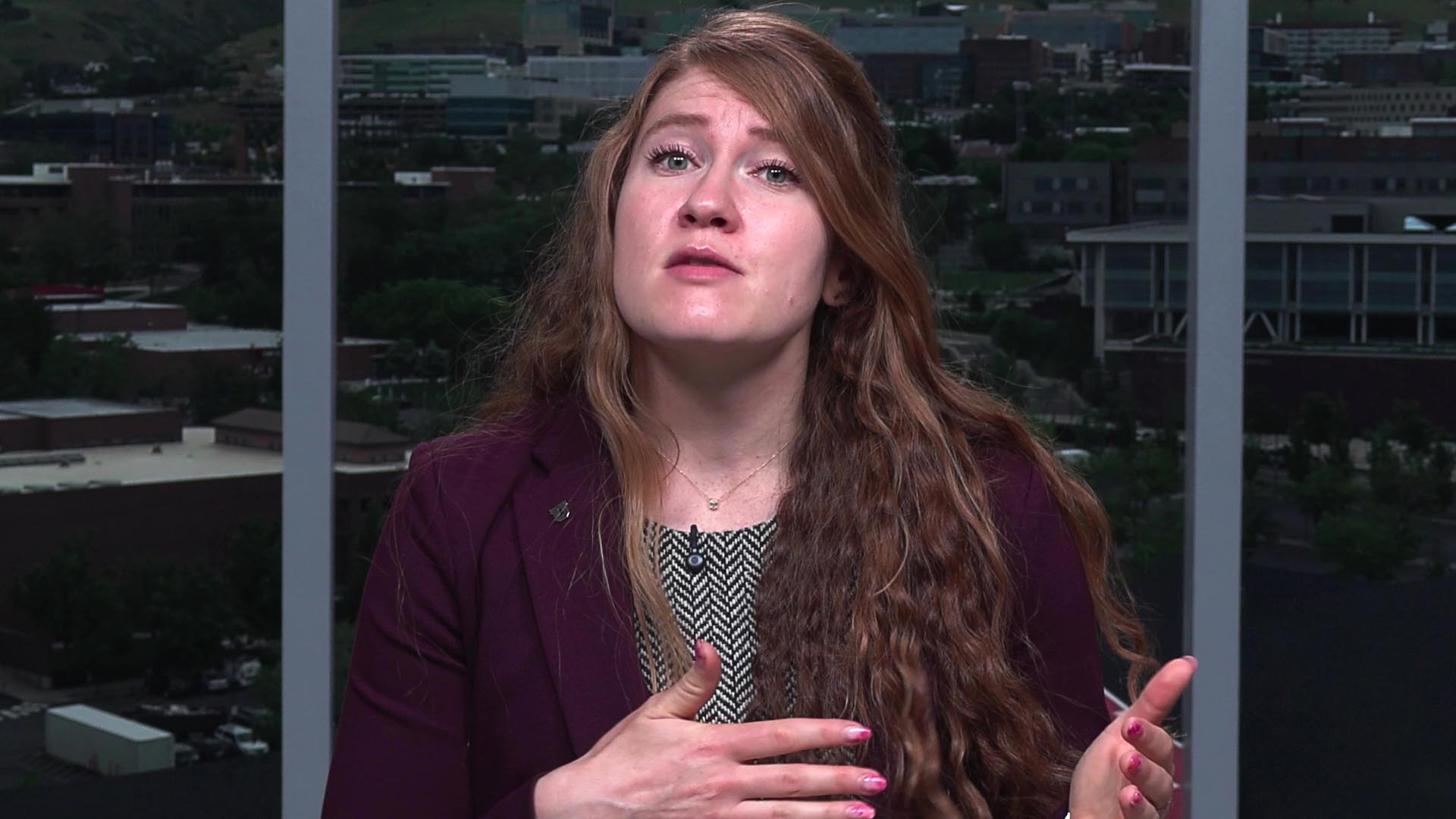One big thing:
Federal Medicaid funding provides $3.6 billion to Utah annually — making it the state’s largest source of federal dollars and a critical driver of healthcare access for nearly 400,000 residents.
Why it matters:
For every dollar Utah invests in Medicaid, the federal government contributes two more, creating what Maddy Oritt, senior public finance economist at the Kem C. Gardner Policy Institute, calls “a powerful multiplier—and it shapes the size and scope of services we’re able to provide.”
By the numbers:
• Federal Medicaid funding represents 50% of all federal funds flowing to Utah
• 1 in 10 Utahns relies on Medicaid coverage
• The program serves as a vital safety net for children, who make up about half of all enrollees
The big picture:
“Medicaid isn’t just a health care program—it’s central to how the state budget works,” says Oritt.
Between the lines:
The program’s reach extends beyond individual beneficiaries, playing a crucial role in:
• Supporting rural healthcare access
• Providing coverage for pregnant women
• Assisting people with disabilities
• Helping low-income seniors access care
What to watch:
The federal-state partnership creates a delicate balance. “Changes at the federal level don’t just influence policy—they have real-world implications for budgets, access, and operations in Utah,” Oritt notes.
The bottom line:
As Utah’s largest federal funding source and a cornerstone of healthcare access, Medicaid’s impact reverberates throughout the state’s economy and healthcare system.



